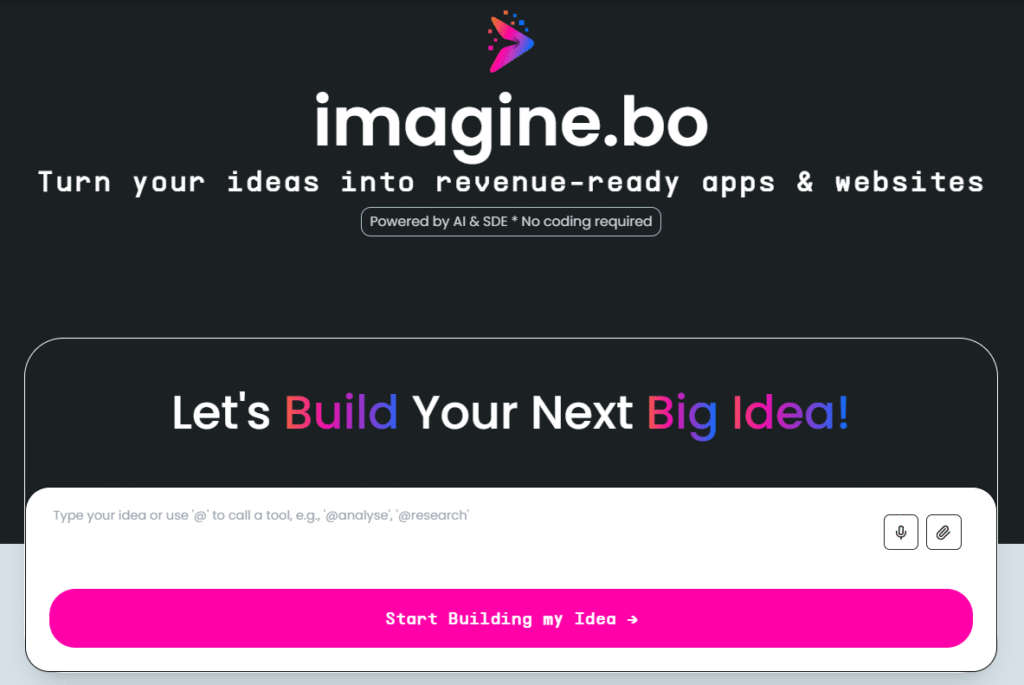Transform how the world explores by building an intelligent travel assistant, not just another booking tool. Modern travelers crave hyper-personalization, and AI is the key to unlocking it. This guide cuts through the noise, detailing the essential tech stack and predictive models needed to automate complex itineraries. You will learn to solve “planning fatigue” and create a high-value product that delivers seamless, customized experiences, turning casual users into loyal brand advocates. Consider incorporating an AI trip planner app for your project to enhance user engagement with the AI trip planner app. With the integration of an AI trip planner app, your offerings will stand out in the competitive travel market.
The Strategic Edge: Why AI is Non-Negotiable
Incorporating an AI trip planner app will revolutionize the way users plan their travels.
Launch Your App Today
Ready to launch? Skip the tech stress. Describe, Build, Launch in three simple steps.
BuildThe potential of an AI trip planner app goes beyond mere convenience; it shapes the future of travel.
Utilizing an AI trip planner app can significantly improve travel planning efficiency and user satisfaction through real-time adjustments and personalized recommendations, making every trip unforgettable.

Modern travelers expect an application that anticipates their needs, acting as a personal concierge in their pocket. AI integration delivers measurable advantages:
- Hyper-Personalization: AI analyzes user preferences, past trips, and real-time context to craft truly bespoke itineraries, enhancing traveler satisfaction and engagement.
- Time and Efficiency: AI automates complex research and route optimization, cutting travel planning time by up to 40%.
- Business Growth: Companies leveraging AI trip planner apps report up to 30% higher booking rates.
- Real-Time Adaptability: Apps process live data (weather, flight status, events) to provide instant alerts and proactively suggest alternative routes or activities when disruptions occur.
Core Intelligence: Must-Have AI Features
A high-authority AI trip planner app integrates several complex features that transform a basic itinerary builder into an intelligent travel companion:
| Feature Category | Core Functionality | Value Proposition |
| Personalized Itinerary Builder | Uses sophisticated algorithms (like constraint programming and heuristics) to tailor day-by-day plans based on budget, interests, and travel pace. | Minimizes travel time and maximizes enjoyment by optimizing routes. |
| AI Recommendations & Pricing | Leverages Machine Learning (ML) and predictive analytics to suggest destinations, deals, and activities, improving accuracy over time. | Helps users find competitive deals and track expenses for cost optimization. |
| Conversational Planning | Employs Natural Language Processing (NLP) to enable 24/7 support via chatbots, handling booking queries, itinerary changes, and local insights in plain English. | Improves user satisfaction by simulating human-like, instant interaction. |
| Real-Time Data Integration | Connects to external APIs for live updates on flights, weather, traffic, and local events. | Ensures the itinerary remains feasible and reliable throughout the journey. |
| Offline Access | Caches essential maps, tickets, and travel details locally. | Guarantees usability even in areas with limited or no internet connectivity. |
The Imagine.bo Blueprint: Building Without Code

Imagine.bo disrupts the traditional development model, allowing startup founders and product managers to launch complex AI applications rapidly and affordably. The entire development process is streamlined into a simple, non-technical 3-step flow.
1. Describe: Idea to Definition
Instead of writing code or defining technical architecture (like selecting Node.js or Flutter), you define your AI trip planner app requirements in plain English.
- Action: Input a natural language prompt defining the app’s purpose, features (e.g., budget tracking, AR navigation), and target audience.
- Result: Imagine.bo’s generative AI instantly translates this description into the required technical blueprint, abstracting away the need for coding.
2. Build: Instant Generation
Imagine.bo takes the descriptive requirements and instantly generates the application. This process integrates the necessary AI and third-party components automatically.
- No Coding Required: Founders manage the application visually, accelerating the timeline to launch a Minimum Viable Product (MVP).
- AI Feature Inclusion: Complex AI features like NLP chatbots and recommendation engines are integrated seamlessly, ready for data input and configuration.
3. Launch: Deployment and Scale
Deployment is automated, eliminating the need for dedicated DevOps teams and manual cloud configuration.
- Global Cloud Infrastructure: Applications are deployed onto world-class, resilient cloud providers: AWS, GCP, and Vercel.
- Rapid Market Entry: This automated launch allows founders to quickly validate their product and focus on market adoption.
Enterprise-Grade Performance and Trust

For a travel app handling real-time bookings and sensitive data, scalability and security are critical. Imagine.bo ensures these complex non-functional requirements are met instantly:
- Unrivaled Scalability: The platform guarantees 1,000 TPS scalability (transactions per second), ensuring the app remains stable and fast even during periods of peak demand (like holiday booking spikes).
- Built-in Security: Applications are launched with GDPR readiness & SOC2 readiness, providing robust security protocols, necessary encryption, and compliance standards essential for securing AI-generated web apps.
- Expert Safety Net: While the process is no coding required, human developer support is available when needed for highly specialized integrations or technical complexities, combining the speed of AI with the assurance of professional expertise.
By choosing a no-code AI app builder like Imagine.bo, founders secure the decisive competitive advantage needed to deliver a superior, intelligent, and scalable travel experience, allowing them to focus on product vision rather than technical barriers.
Launch Your App Today
Ready to launch? Skip the tech stress. Describe, Build, Launch in three simple steps.
Build





